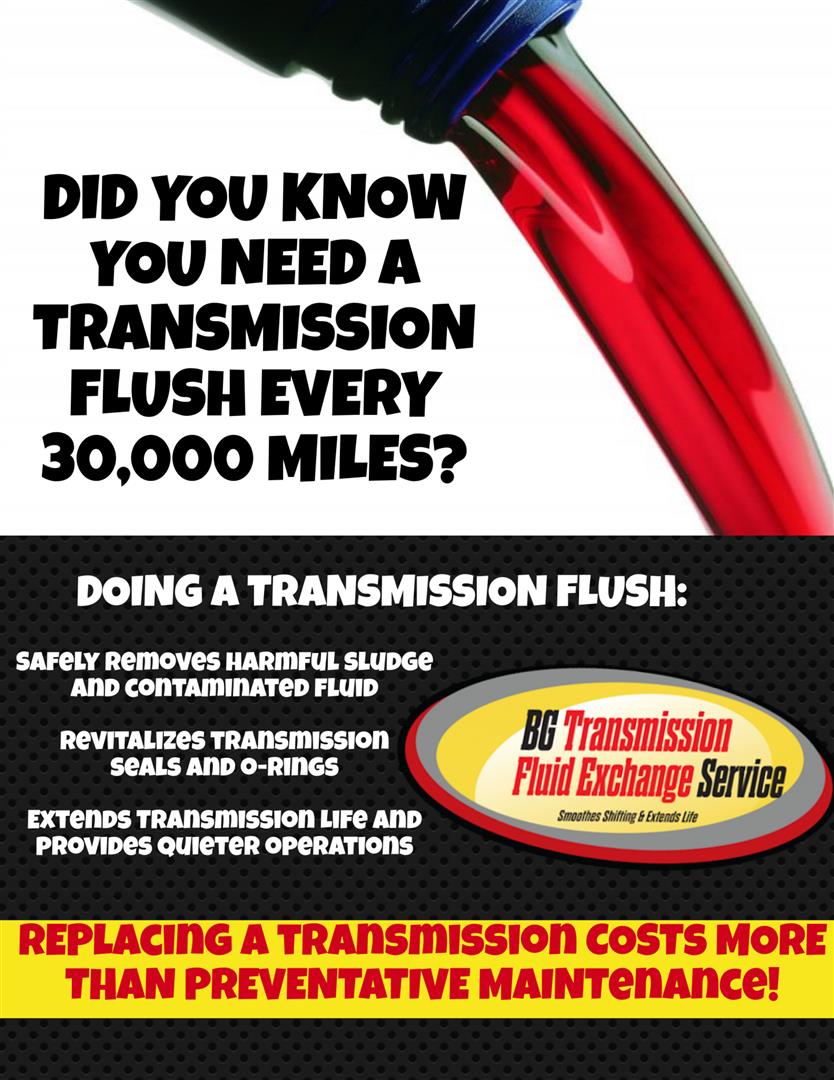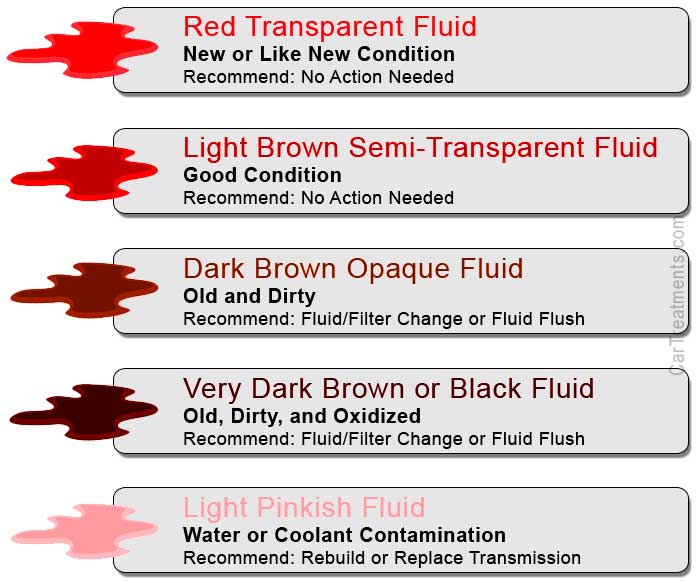Your vehicle's transmission is an essential component that controls the transfer of power from the engine to the wheels. It is responsible for shifting gears, which ensures that your vehicle runs smoothly and efficiently. Over time, the transmission may accumulate debris, dirt, and other harmful particles that can cause significant damage if not removed. That's where a transmission flush comes in. In this article, we will explore why you need a transmission flush, the signs that indicate it's time for one, the benefits of regular flushes, what happens during a flush, and much more. Let's dive in!

Understanding the Role of Transmission in Your Vehicle
If you want to maintain the longevity and performance of your vehicle, a transmission flush is an essential service to invest in. Over time, the fluid that lubricates and cools your transmission can become contaminated with dirt, debris, and other harmful particles. As a result, the fluid can no longer flow smoothly through your transmission which leads to overheating, reduced efficiency and ultimately component failure. A professional transmission flush will remove all old fluids from the system along with any contaminants allowing new clean transmission fluid to circulate throughout. This process protects against costly repairs in the future while promoting smoother gear shifting and enhanced fuel economy. If you are experiencing rough shifts or noticing a decline in gas mileage, it’s time to book a professional transmission flush today - it's much cheaper than fixing damaged components down the line!
What is a Transmission?
A transmission is a crucial component of your vehicle that helps to transfer power from the engine to the wheels, allowing your vehicle to move. A transmission's job is to ensure that the engine operates efficiently while maintaining optimal performance.
Why is the Transmission Important?
The transmission is important because it controls the amount of power that is transferred from the engine to the wheels. It also ensures that your vehicle runs smoothly and performs at its best. A well-functioning transmission can improve fuel efficiency, reduce emissions, and increase the lifespan of your vehicle.
How Does a Transmission Work?
The transmission works by using gear ratios to control the speed of the wheels. The transmission receives power from the engine and uses a series of gears to reduce the speed of the wheels, allowing the vehicle to move forward or backward. The gear ratio can be adjusted to provide more or less power to the wheels, depending on the driving conditions.

Can I do a transmission flush myself?
Yes, you can do a transmission flush yourself if you have the necessary knowledge and tools. However, it's crucial to follow the manufacturer's instructions and use the right type of transmission fluid. Otherwise, you could end up damaging your transmission.
How often should I get a transmission flush?
It's best to follow the manufacturer's recommendations, which can usually be found in your vehicle's owner manual. In general, most manufacturers recommend getting a transmission flush every 30,000 to 100,000 miles, depending on your driving habits and conditions.

What are the signs that I need a transmission flush?
- Burning Smell - A burning smell coming from your vehicle is never a good sign. If you notice a burning smell, it could be an indication that your transmission fluid is overheating and needs to be changed.
- Grinding or Shaking While Shifting - If your vehicle is shaking or grinding when shifting gears, it is a clear indication that something is wrong with your transmission. The problem could be caused by low transmission fluid levels or dirty fluid.
- Delayed or Sluggish Acceleration - If you notice that your vehicle is slow to accelerate, it could be due to a transmission issue. A delayed or sluggish acceleration may indicate that there is a problem with the transmission fluid or internal transmission components.
- Unusual Noises - Unusual noises coming from your vehicle, such as whining, buzzing, or clunking, can indicate a problem with your transmission. These noises could be a sign of low fluid levels, worn-out bearings, or damaged components.
- Dashboard Warning Lights - If your dashboard warning lights are illuminated, it could be a sign of a transmission problem. Some common warning lights that indicate a transmission issue include the check engine light, the transmission temperature warning light, and the overdrive light.
Benefits of Regular Transmission Flush
- Improved Transmission Performance - Regular transmission flushes can improve the performance of your transmission, resulting in smoother shifting, better acceleration, and improved fuel efficiency.
- Prevent Transmission Failure - A regular transmission flush can prevent transmission failure by removing debris and contaminants from the system and ensuring that the transmission fluid is clean and able to do its job.
- Increased Longevity of Your Vehicle - Regular transmission flushes can increase the lifespan of your vehicle by preventing transmission damage and reducing wear and tear on internal components.
- Better Fuel Efficiency - A well-maintained transmission can improve fuel efficiency by reducing the amount of power needed to operate your vehicle, resulting in better gas mileage and reduced emissions.

What Happens During a Transmission Flush
- Draining the Old Fluid - During a transmission flush, the old fluid is drained from the transmission system to remove contaminants and debris.
- Cleaning the Transmission System - Once the old fluid is removed, the transmission system is cleaned using a special solvent that removes any remaining dirt and debris.
- Replacing with New Fluid - After the system is cleaned, new transmission fluid is added to the system to ensure that it is properly lubricated and able to function at its best.

Professional Transmission Flush
Professional transmission flushing is more expensive but ensures that the job is done correctly. They will use specialized equipment to flush out the old fluid and replace it with new fluid. This method is less time-consuming and reduces the risk of damaging your vehicle's transmission.
A transmission flush is an essential part of vehicle maintenance that helps to improve the transmission's performance and extend its lifespan. By following the manufacturer-recommended frequency and choosing the right fluid, you can maintain the health of your vehicle's transmission and prevent costly repairs. Whether you choose to do it yourself or take it to a professional, getting a transmission flush is necessary for keeping your vehicle running smoothly. A transmission flush is a crucial part of vehicle maintenance that helps keep your car running smoothly. It helps to remove harmful particles, prevent transmission failure, and increase fuel efficiency. By understanding the signs that indicate you need a transmission flush and following the manufacturer's recommendations, you can ensure your transmission works as intended for years to come.
If you're looking for a reliable place to get your transmission flushed, then look no further than Hillside Auto Repair. We’ve got the expertise and state-of-the-art equipment needed to get your car running smooth as butter again. Not only do we offer quick and efficient service, but we also prioritize customer satisfaction - meaning we won't stop until you're happy with the results. And the best part? Our prices are reasonable, so you won't have to break the bank just to keep your car in tip-top shape. So why wait? Book an appointment with Hillside Auto Repair today and experience unparalleled quality when it comes to transmission flushes!